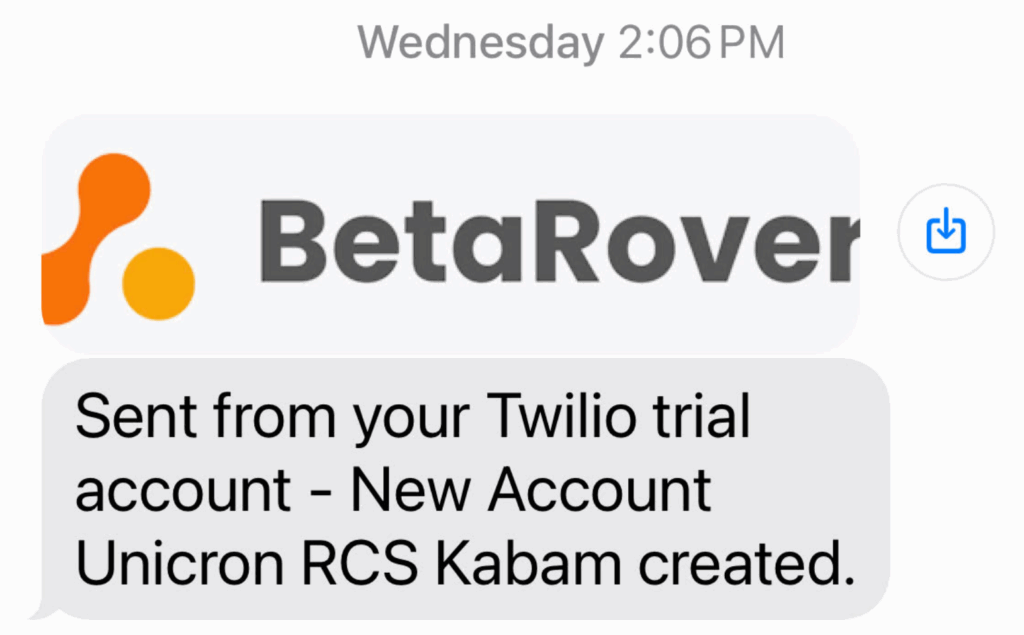“I’ve had a few requests lately for integrating SharePoint and Twilio together, so I thought I would address them as two items together. In this example, we are triggering our Power Automate flow from a new record (an Account), created in the Dataverse, where we will use the Account Name to send the customer a confirmation text.
The Setup
The configuration in SharePoint was fairly straightforward, where I used a custom site and leveraged the base document folder. When a new account is created, its name is added to the folder and saved accordingly.
In a production environment, I would not be using my own Id to connect to SharePoint and would be using an app registration to do so.

The setup for Twilio was even easier, where I registered an account and then requested a phone number to be used. You will need an App Access Token to be generated in from your account to grant permissions for the flow to connect and send data from.

The Flow
Outside of the main triggering logic, the implementation of the flow is pretty straightforward. First, I created the folder in SharePoint (based on the account name from the initial trigger). Once that is complete, I did a writeback to the original account with the SharePoint folder (so it could be an easy click for someone to access it,) and then I turned my attention to Twilio.

As you can see from the screenshot below, the Twilio Flow Connector gets right to the heart of things by keeping its Actions simple – List, Send, and Get. Using the Send action, I took the phone number entered on the account and from my pre-configured Twilio Number, I sent a message to the owner of the new account.

To fancy things up, I even included the old BetaRover logo in the text using Twilio’s built-in RCS (Rich Communication Services) support.

What’s Next?
This example was very simple, but that’s the idea: the hardest things often end up being the simplest. That said, what would I do next if I were implementing this in a live environment?
- Handle Reply-to for texts.
- Configure the location of SharePoint libraries.
- Connect to SharePoint as an app registration and not using my name.
- Implement Try/Catch logic in all aspects to ensure a graceful failover (perhaps going to email)?
- Using an SMS Activity (existing or create my own) in Dataverse that would link the sent text to the user’s account, so we know we sent it to them.
Although simplest to get started and find the answer with ChatGPT or another tool, this can be great to get you started and over the hump, but what matters next are the details to move it forward and ensure what you’re building can scale and not trip as it becomes a critical operation to your flow.
